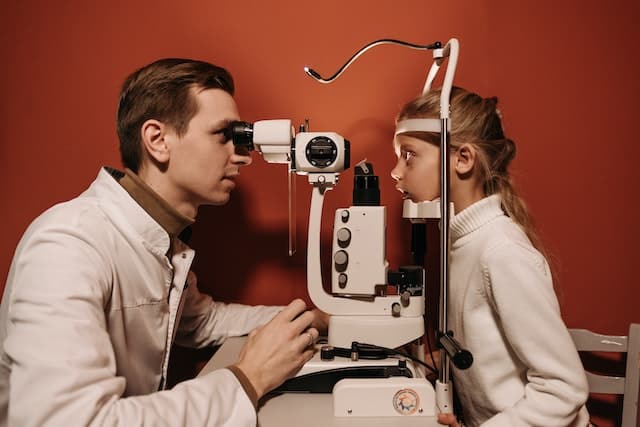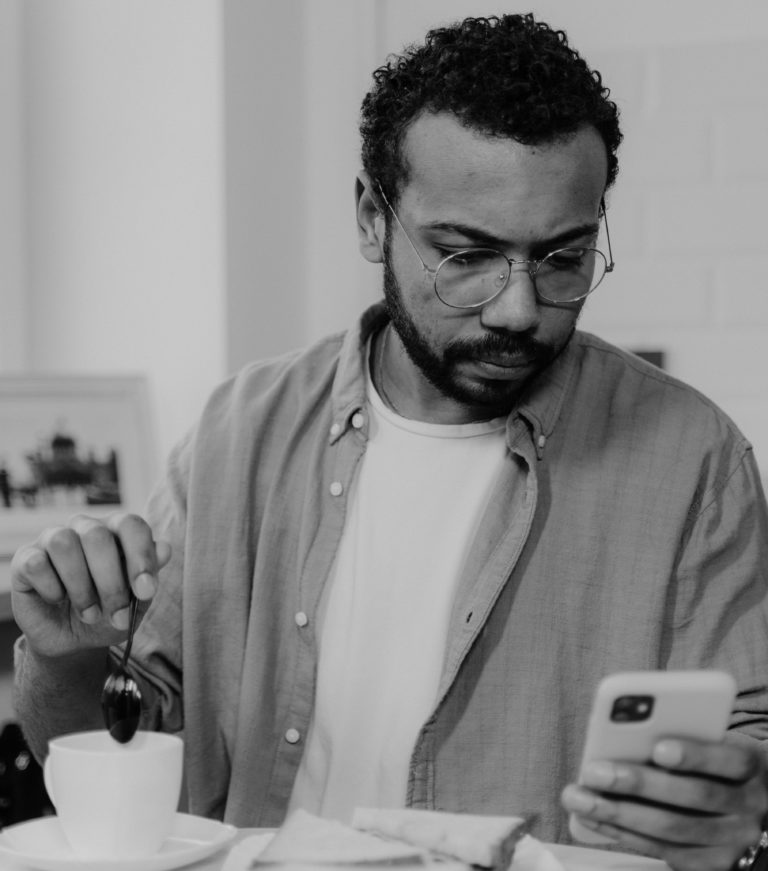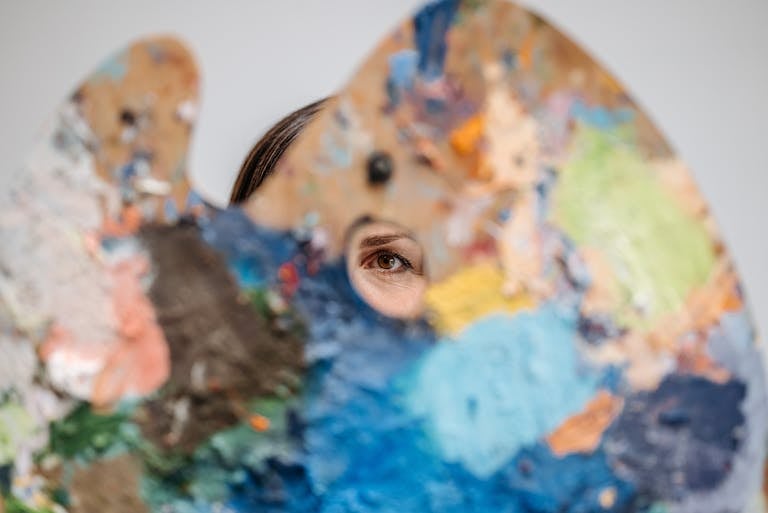It’s not just the eyes people see in the mirror that determine how people see and understand what they look at. Two other “Eye” systems, the powerful and analytic Brain’s Eye and the imaginative Mind’s Eye also play large roles in the extremely complex visual system. Each deals with sight and vision differently and all are necessary for the visual system to work properly, says Gary Rodney, Australian behavioural optometrist and fellow of the International Academy of Orthokeratology and Myopia Control.
He says that when the human visual system’s processing program operates as it should, it is so efficient that technologists have for decades been producing models of it to boost their technology. But it is not that easy for them to get a totally perfect match.
“It’s a bit like putting together a jig-saw puzzle. The end product is a perfect, colourful and meaningful picture, but that’s only if and when the pieces are all in the right places, fit together perfectly, and the last one isn’t missing. But connecting the different pieces in the complex visual system, is far more difficult,” Rodney says.
How the Visual System Works
The vision system, like in research, development, or journalism, relies on the accuracy and relevance of information provided by various sources which use different approaches and methodology. These are then processed into a meaningful and useful study, report, essay, or product,” says Rodney.
“It uses all three eyes, the two practical processing organs (the brain and the eyes), and the mysterious and intangible mind, to provide information that is as accurate and relevant as possible, so that the brain can process it into an understandable image. And it does so in as little as 13milliseconds.
The Difference Between the Three Eyes
To kick start vision processing, the eyes collect data about what is seen. Made up of various wavelengths, it’s carried by the sun’s rays into the eyes through the cornea and directed to the retina. There it’s processed into electrochemical signals which are transferred back-to-front and upside down to the brain through the optic nerve, and processed into a usable image which is then sent back to the eye.
The Brain’s Eye
The brain, the chief processor, includes about 30 different visual areas, each of which contain parallel streams of processing and are distinct modules, which kick into operation processing the millions of new signals received every time the eye focuses on something different.
According to Rodney, the brain is selective, so it ignores what it considers to be incomplete or irrelevant, and processes the rest into three-dimensional visual images. Taken into account during processing are the location, colour, size, shape and texture of the object seen, as well as relevant memories of similar images stored in the brain’s “library” of visual memories.
The Mind’s Eye
The mental Mind’s Eye is not a processor, and according to neuroscientists share parts of the visual sections of the brain. Rodney says it’s a thinker and dreamer, emotional and perceptive, and a builder of memories and images. And it is increasingly being thought to be what adds reason and perception to the visual process and gives understanding and meaning to what is seen.
While some people don’t have this eye, (its absence is called aphantasia), most see its mental images as dreams or thoughts. Occasionally they are unclear or hazy, as if being viewed through a dirty piece of glass, and are written off as not being real or relevant, but often they will be clear and meaningful even with the visible eyes closed.
For more information on vision therapy, or to book an appointment for a visual perception test online, visit the Smart Vision website: Optometrists Sydney: Optometry Services For Children and Adults | Smart Vision; for specific information about Myopia treatment and prevention visit Myopia Prevention: Solutions, Control And Treatment In Sydney; and for detailed information about Myopia Treatment visit Orthokeratology In Sydney: The Non Surgical Alternative.
Book an appointment for a thorough eye check-up or Call the Bondi clinic on (02) 9365 5047 or the Mosman clinic on (02) 9969 1600.







